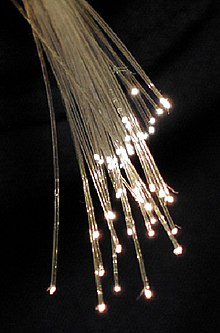Fiber is a natural or artificial substance characterized by being significantly longer than wide, serving as a fundamental building block in manufacturing and engineering materials.
Natural Fiber Types
Plant-Based Materials
Vegetable fibers contain cellulose and lignin structures, including cotton, hemp, jute, and flax. These materials form the backbone of paper production and textile manufacturing.
Wood fiber comes from trees through processes like kraft and sulfite pulping, which remove lignin to create materials for paper and engineered wood products.
Animal-Derived Fibers
Animal fibers consist primarily of proteins, featuring materials like silkworm silk, spider silk, and various wools including cashmere, mohair, and angora. These natural materials offer unique properties for textile production.
Mineral Components
Mineral fibers include the asbestos group, with six classified types including chrysotile and amphibole varieties. These naturally occurring fibers demonstrate exceptional strength but require careful handling.
Artificial Fiber Innovation
Semi-Synthetic Development
Semi-synthetic fibers modify natural long-chain polymers through chemical processes. Rayon, the first semi-synthetic fiber, revolutionized the textile industry.
Synthetic Advancement
Synthetic fibers emerge from petrochemical sources, offering two main categories:
- Short fibers (aspect ratio 20-60)
- Long fibers (aspect ratio 200-500)
Performance Materials
Carbon fiber and fiberglass represent high-performance synthetic materials. Carbon fibers derive from oxidized polymers, while fiberglass utilizes melted glass formations.
Polymer Technology
Modern polymer fibers include:
- Nylon (polyamide)
- Kevlar (aramid)
- Polyester (PET)
These materials offer specific strength, durability, and performance characteristics for various applications.
Material Properties
The performance of fibers varies significantly:
- Steel fiber: High tensile strength (70-380 Ksi)
- Carbon fiber: Superior modulus (33,400-55,100)
- Aramid fiber: Excellent strength-to-weight ratio
These properties determine their suitability for specific applications in engineering, textiles, and industrial uses.
Citations:
https://en.wikipedia.org/wiki/Fiber
This article needs additional citations for verification. (April 2009) |
Fiber (also spelled fibre in British English; from Latin: fibra) is a natural or artificial substance that is significantly longer than it is wide. Fibers are often used in the manufacture of other materials. The strongest engineering materials often incorporate fibers, for example carbon fiber and ultra-high-molecular-weight polyethylene.

Synthetic fibers can often be produced very cheaply and in large amounts compared to natural fibers, but for clothing natural fibers have some benefits, such as comfort, over their synthetic counterparts.

